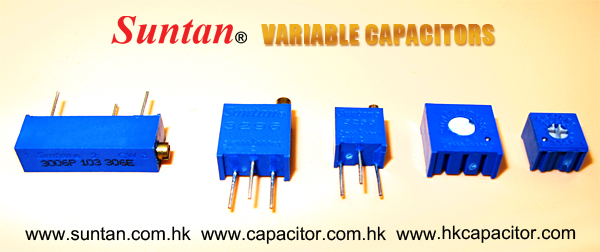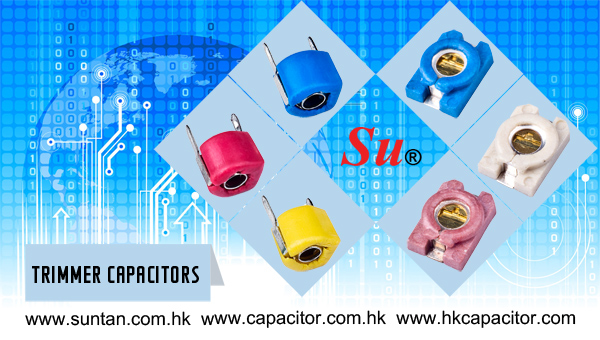Tantalum Capacitors
Tantalum Capacitors are electrolytic capacitors that is use a material called tantalum for the electrodes. Large values of capacitance similar to aluminum electrolytic capacitors can be obtained. Also, tantalum capacitors are superior to aluminum electrolytic capacitors in temperature and frequency characteristics. When tantalum powder is baked in order to solidify it, a crack forms inside. An electric charge can be stored on this crack.
These capacitors have polarity as well. Usually, the "+" symbol is used to show the positive component lead. Do not make a mistake with the polarity on these types.
Tantalum capacitors are a little bit more expensive than aluminum electrolytic capacitors. Capacitance can change with temperature as well as frequency, and these types are very stable. Therefore, tantalum capacitors are used for circuits which demand high stability in the capacitance values. Also, it is said to be common sense to use tantalum capacitors for analog signal systems, because the current-spike noise that occurs with aluminum electrolytic capacitors does not appear. Aluminum electrolytic capacitors are fine if you don't use them for circuits which need the high stability characteristics of tantalum capacitors.

